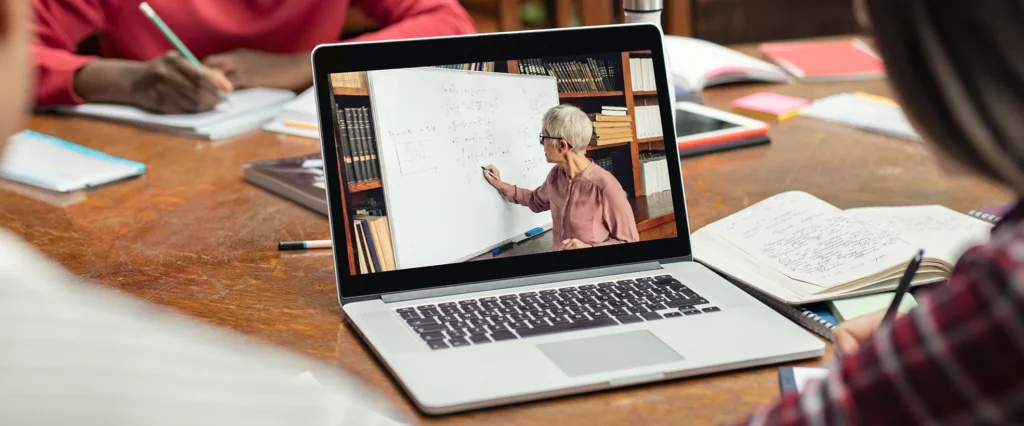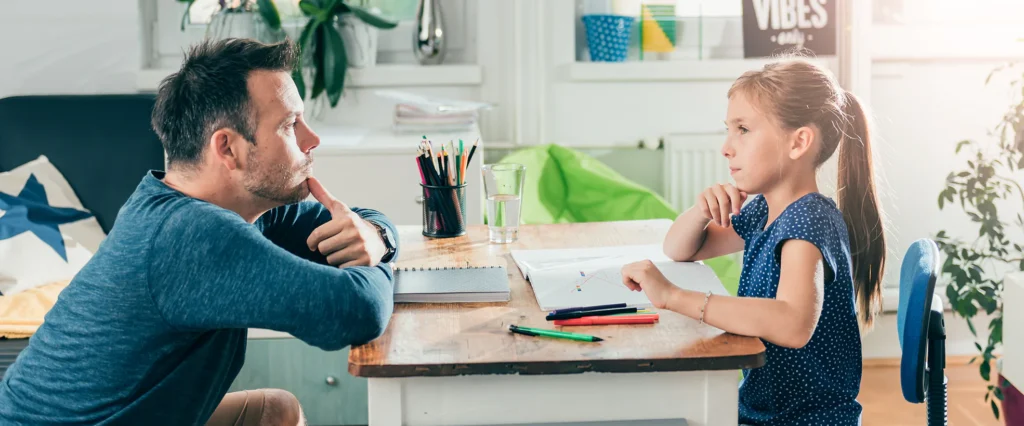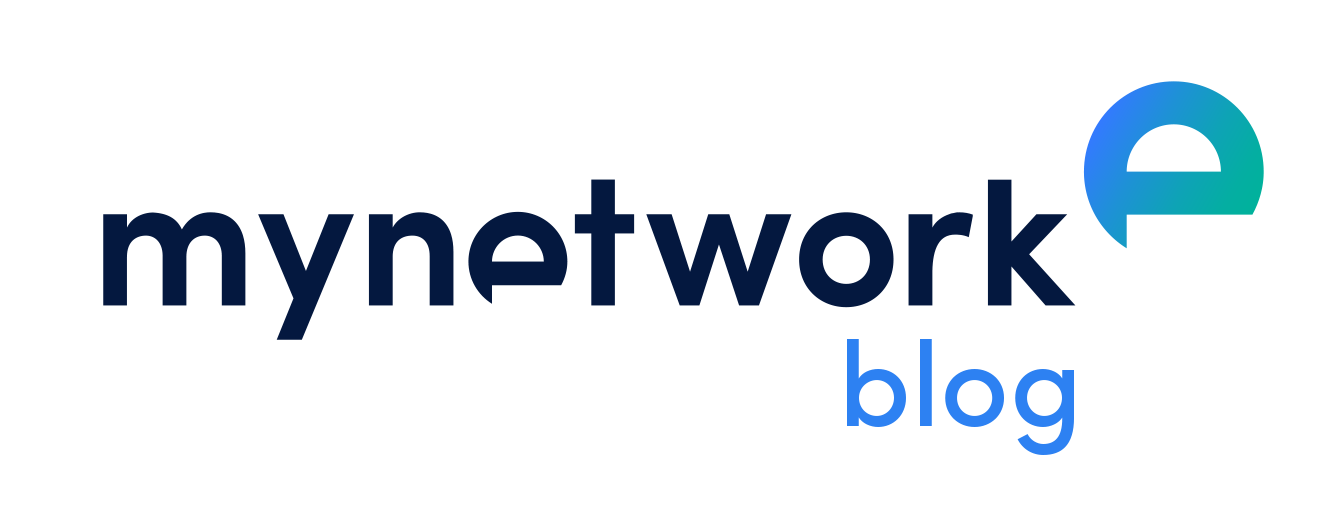Czy polskie szkoły są przygotowane na wprowadzenie nauki zdalnej?
W Dzienniku Ustaw ukazało się rozporządzenie, na podstawie którego od 16 do 25 marca 2020 r. z powodu epidemii koronawirusa zamknięte zostały szkoły, przedszkola i żłobki na terenie całego kraju. Celem specustawy jest zahamowanie rozprzestrzeniania się epidemii.

W piątek, 13 marca, premier ogłosił, że placówki edukacyjne zamknięte będą do Świąt Wielkanocnych. Sytuacja jednak zmienia się z dnia na dzień – nikt nie wie, kiedy dzieci wrócą do szkół. Rząd zarekomendował realizację programu nauczania w trybie nauki zdalnej. Czy jest możliwe wprowadzenie w Polsce efektywnego e-learningu w szkołach?
E-learning – wizja Rządu vs. realne możliwości
Okazuje się, że wprowadzenie rewolucji edukacyjnej w tak krótkim czasie nie jest łatwe. Po wprowadzeniu specustawy zwrócono się do dyrektorów szkół z prośbą o sprawdzenie, czy placówka jest w stanie prowadzić naukę w trybie zdalnym (komunikacja z nauczycielami, uczniami i rodzicami za pośrednictwem Internetu, przygotowywanie zdalnej realizacji programów nauczania z uwzględnieniem różnych potrzeb uczniów, zdalne monitorowanie i ocenianie postępów uczniów). Ministerstwo Edukacji Narodowej przygotowało ogólnie dostępne materiały i wskazówki do nauki zdalnej. Dodatkowo, Ministerstwo Cyfryzacji i NASK wdrożyły platformę z pomysłami zdalnych lekcji z uwzględnieniem starej i nowej podstawy programowej. Platforma podzielona została na trzy piony – dla nauczyciela, ucznia oraz rodzica. Część dyrektorów obawia się jednak, że udostępnienie platformy wszystkim zainteresowanym, a także pokonanie problemów technicznych wymaga czasu, a tego czasu jest coraz mniej.

Narzędzia udostępnione przez Ministerstwo Edukacji
Ministerstwo Cyfryzacji udostępniło poradnik uczący tego, jak zorganizować zajęcia dla uczniów. Wraz z Rządem proponuje 3 rodzaje komunikacji na linii nauczyciel-uczeń:
- dziennik elektroniczny;
- strona internetowa szkoły;
- mailing – kierowany również do rodziców.
Dzieci mogą korzystać z materiałów edukacyjnych – e-podręczników, podręcznika internetowego „Włącz Polskę”, a także portalu lektury.gov.pl. Dodatkowo na stronie rządowej Ministerstwo Edukacji Narodowej udostępniło serwis zawierający lekcje w formie zdalnej (przygotowane na każdy dzień tygodnia, dla poszczególnych grup wiekowych). Wśród rozwiązań, które rozważa MEN, znalazło się też pasmo edukacyjne w TVP prowadzone przez nauczycieli, jednak pomysł nie spotkał się z aprobatą samych pedagogów ze względu na oczywisty brak interakcji między uczniem a nauczycielem.
Nauka zdalna a normy prawne
Zapisy prawne mówiące o tym, aby na czas zamknięcia szkół uczniowie przechodzili na nauczanie w formie zdalnej, nie zostały wcześniej przygotowane. Nauka zdalna była dotychczas kierowana jedynie do uczniów znajdujących się poza granicami kraju. Pojawia się też problem braku przeszkolenia kadry nauczycielskiej.
Odpowiednie normy prawne ustanowione zostały wcześniej tylko dla szkolnictwa wyższego – wiele uczelni już od wielu lat regularnie i skutecznie korzysta z efektywnych platform e-learningowych.
Niechęć rodziców i brak motywacji u uczniów
Również rodzice niezbyt entuzjastycznie patrzą na wprowadzone rozwiązania. Na ten moment nauczyciele wysyłają spis zagadnień i zadań do wykonania za pomocą e-dziennika lub wiadomości e-mail. Jest to dla rodziców spory problem – obawiają się swojej nowej roli i nie do końca są chętni do przerabiania materiału z dzieckiem. Dodatkowo nie zostało wcześniej zweryfikowane, czy rzeczywiście każdy z rodziców ma możliwość sprawdzania na bieżąco materiałów wysyłanych przez nauczycieli. Powoduje to również zniechęcenie i spadek motywacji u samych uczniów. Ponadto nie wszyscy uczniowie mają stały dostęp do komputerów z szybkim Internetem, aby korzystać na co dzień z nauki w formie zdalnej.

Zbyt wiele braków i niedociągnięć
Podsumowując, polski system dydaktyczny nie jest szkołą na miarę XXI wieku. Zamiast błyskawicznej reakcji i sprawnego przejścia na naukę zdalną, mamy chaos i całkowity brak wytycznych. A możliwości e-learningu można było wykorzystać już dużo wcześniej…
Jak powinien wyglądać e-learning w polskiej szkole?
Chyba wszyscy możemy zgodzić się, że e-learning w polskiej szkole nie jest e-learningiem na miarę naszych czasów. Tymczasem możliwości technologiczne cały czas się rozwijają, a odpowiednio dostosowany system powinien zapewnić każdemu uczniowi indywidualny dostęp do platformy z materiałem zgodnym z programem nauczania. Takie rozwiązania od wielu lat stosowane są w biznesie.
Dla każdego ucznia po zalogowaniu się na indywidualne konto na platformie edukacyjnej przygotowane byłyby lekcje online, zawierające ciekawe treści, quizy i testy sprawdzające wiedzę ucznia – opracowane i zaprojektowane przez specjalistów od e-learningu, z wykorzystaniem nowoczesnych technik efektywnego nauczania. Nauczyciele za pośrednictwem platformy mieliby możliwość kontrolowania postępów pracy swoich uczniów. Do realizacji materiału nie trzeba by było angażować rodziców. Dodatkowo, dzięki korzystaniu z wideokonferencji, grup na czatach i komunikatorach, nauczyciele pozostawaliby w ciągłym kontakcie ze swoimi uczniami.
Rynek oferuje wiele rozwiązań, które umożliwiłyby swobodne przejście systemu edukacji na formę zdalną. Takie podejście gwarantowałoby nie tylko powtarzanie i utrwalanie materiału, ale także możliwość przyswajania zupełnie nowej wiedzy. Lekcje mogłyby być znacznie ciekawsze i dodatkowo nieograniczone czasem, dzięki czemu proces nauki byłby zindywidualizowany, a co za tym idzie, bardziej skuteczny. Animacje, interaktywne materiały audio i wideo – to tylko przykłady na to, jak można uatrakcyjnić naukę i jednocześnie zaciekawić ucznia, stosując niestandardowe metody nauczania i wciągając go w multimedialną interakcję.
Podsumowanie
Czy musiało dojść do wybuchu epidemii, abyśmy zdali sobie sprawę, że polski system nauczania nie wkroczył jeszcze w XXI wiek? To ostatni moment, aby w końcu zrewolucjonizować edukację, nie tylko na czas kryzysu i epidemii. Zdalne nauczanie w Polsce mogłoby sprawdzić się w wielu innych sytuacjach, na przykład w przypadku uczniów objętych nauczaniem indywidualnym, z niepełnosprawnościami lub przewlekłymi chorobami, którzy nie zawsze mogą uczęszczać do szkół. Już prawie 18 lat pomagamy firmom przejść na e-learning – jeśli potrzebujesz więcej informacji o nauce online, zapraszamy do kontaktu!



